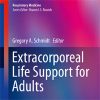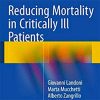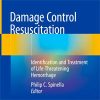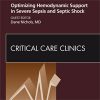Lumping or Splitting in Pediatric ARDS
link.springer.comImprovements in acute respiratory distress syndrome (ARDS) outcomes in adults have been achieved along-side demonstration of the superiority of low-tidal volume ventilation, the relative advantage of a restrictive fluid strategy and the characterization of the main effectors of ventilator-induced lung injury. The heterogeneity of the group of patients defined as “ARDS” on pragmatic criteria is widely recognized. “Lumping” together patients with different ages, etiologies, time courses, co-morbidities and broad categories of severity has so far been the norm in clinical trials. This undoubtedly assists in patient recruitment, and any positive trial results in such mixed populations are very likely to be robust and generalizable. The weakness of this approach is that various causes and co-morbidities are mixed together, and this is not driven by physiopathology, pathobiology or the patient’s phenotype. As a result, different patients may respond differently to therapy.

















